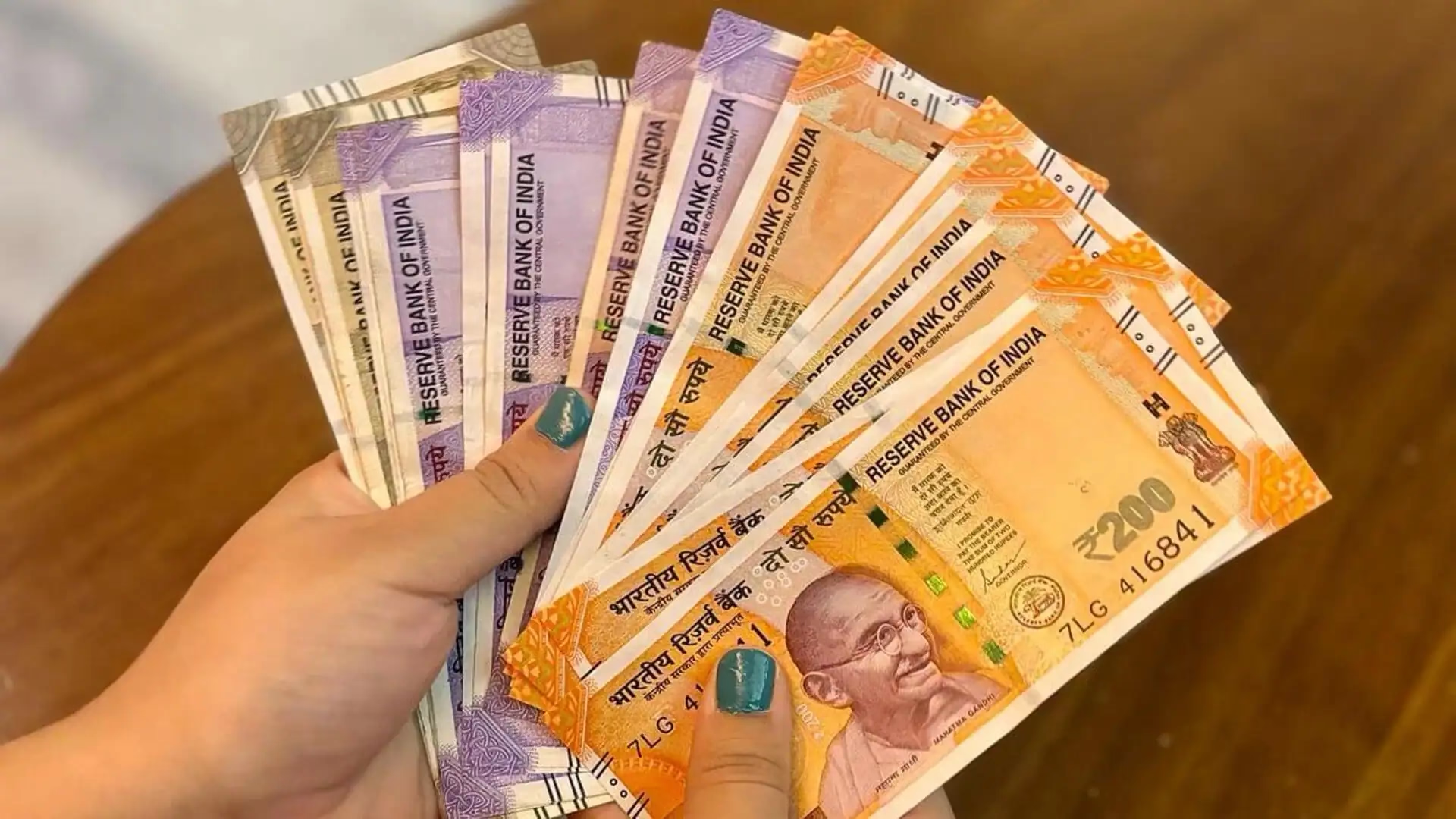Rupee Slips to ₹87.8/USD Amid Trade Tariffs and Market Uncertainty

Mumbai, August 6, 2025 — The Indian rupee depreciated to ₹87.8 against the U.S. dollar on Tuesday, marking its lowest level in over four months. The decline comes amid mounting global trade tensions and renewed uncertainty surrounding India–U.S. economic relations.
The sharp movement in the currency market follows the breakdown of bilateral trade talks between India and the United States. In response, Washington is proceeding with a 25% tariff on several Indian export categories, including pharmaceuticals, textiles, and auto components. Further exacerbating market concerns, former U.S. President Donald Trump hinted at the possibility of additional trade measures linked to India’s ongoing oil imports from Russia.
Currency analysts attribute the rupee’s weakness to a combination of geopolitical friction, risk-off sentiment among global investors, and emerging market vulnerability.
"The rupee is reacting not only to direct trade disruptions but also to broader concerns over capital flows and macroeconomic uncertainty," said Ankit Bansal, Head of FX Strategy at L&T Financial Services.
"The rupee’s weakness reflects both geopolitical risks and investor caution. Unless stability is restored, we may see further depreciation," Bansal added.
Despite the volatility, the Reserve Bank of India (RBI) maintained a neutral stance in its latest policy review, keeping the benchmark repo rate unchanged at 5.50%. While the central bank has not yet intervened in the forex market, analysts suggest that a breach beyond ₹88/USD could prompt calibrated action to curb excessive volatility.
The currency movement has implications for multiple sectors:
-
Exporters may gain from improved competitiveness, but the benefit could be offset by reduced U.S. demand under the new tariff regime.
-
Import-dependent industries—particularly those reliant on crude oil, electronics, and capital goods—face higher input costs and tighter margins.
-
Foreign institutional investors (FIIs) have also begun scaling back positions, contributing to equity outflows and adding pressure on the rupee.
With geopolitical risks rising and trade policy uncertain, financial markets are expected to remain cautious in the near term.



 170
170

 The BharatBiz
The BharatBiz
 16
16

